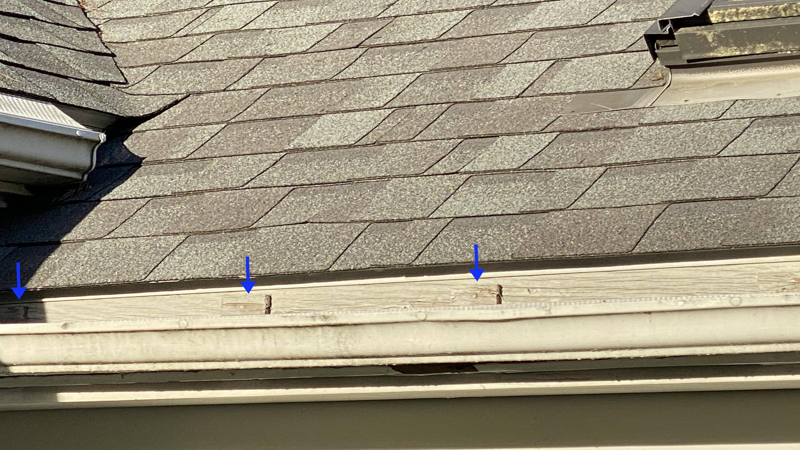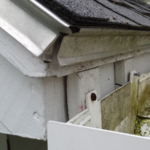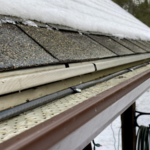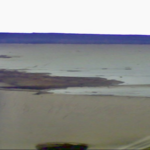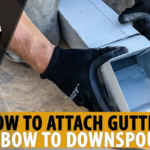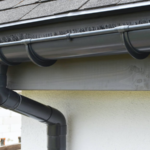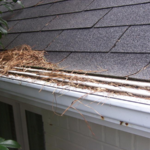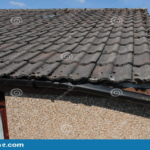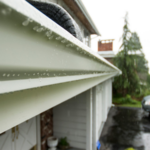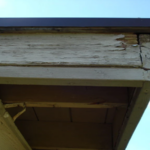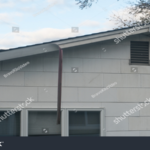- Incorrectly installed gutters can lead to water damage to your home.
- Gutters that are not installed properly can come loose and fall, posing a serious safety hazard.
- Improper gutter installation can void manufacturer’s warranties.
- Many homeowners find that the cost of hiring a professional handyman to install their gutters is actually cheaper than doing it themselves when you factor in the cost of materials and tools.
- Attempting to install gutters yourself can be very dangerous. Falls from ladders are one of the leading causes of injuries in the home, and are particularly common when working on roofs or other high places.
So, save yourself the time, money, and hassle, and hire a professional handyman to install your gutters today.
Is installing gutters a DIY project?
No, installing gutters is not a do-it-yourself project. Although you may be able to find tutorials online or in home improvement stores, it is generally best to leave this job to the professionals. There are a few reasons for this. First, gutters must be installed correctly in order to function properly. This means that they must be level and the correct size for your home. If they are not installed correctly, they will not be able to catch and redirect water away from your home, which could lead to water damage. Second, installing gutters can be dangerous. You will be working on a ladder, which can be dangerous, and you will also be working with sharp tools. If you are not experienced in this type of work, it is best to leave it to the professionals.
What are some common mistakes that people make when installing gutters?
- One common mistake people make when installing gutters is not making sure that the gutters are level. This can cause water to pool in certain areas and not drain properly.
- Another mistake is not attaching the gutters securely to the house. This can cause them to come loose during a storm and cause damage to your home.
- Another common mistake is not cleaning the gutters regularly. This can cause leaves and debris to build up and clog the gutters, which can lead to water damage.
What do I need to know before installing rain gutters?
- The type of gutters you need: There are many different types of rain gutters available on the market, so it is important to choose the right type for your home. Some factors to consider include the climate, the type of roof, and the style of your home.
- The size of gutters you need: The size of the gutters you need will depend on the size of your roof. Make sure to measure the length and width of your roof before purchasing gutters.
- The material of the gutters: Rain gutters are typically made from aluminum, vinyl, or steel. Each type of material has its own advantages and disadvantages, so it is important to choose the right material for your needs.
- The installation process: Installing rain gutters is not a difficult task, but it is important to follow the instructions carefully. If you are not comfortable with the installation process, there are many companies that offer installation services.
Is it better to DIY gutters or professional?
There are pros and cons to both DIY gutters and professional installation. If you are handy and have the time, you can save money by doing it yourself. However, if you are not experienced in this area, it is probably best to leave it to the professionals. They will have the right tools and equipment and will be able to do the job quickly and efficiently.
Is it worth doing gutters yourself?
No, it is not worth doing gutters yourself. Although gutters are not the most glamorous of home improvement projects, they are essential in protecting your home from water damage. Water that is allowed to pool around the foundation of your home can cause serious damage to the structure of your home. In addition, water that is not properly diverted away from your home can seep into your basement or crawlspace, leading to mold and mildew problems. Hiring a professional to install gutters is the best way to protect your home from water damage.
What should you not do when installing gutters?
- Don’t use gutters that are too small for your roof. This can cause overflows and leaks.
- Don’t use gutters that are too large for your roof. This can cause them to sag and potentially break.
- Don’t install gutters without first making sure the roof is in good condition. This can lead to leaks and other problems.
- Don’t install gutters without first ensuring that the downspouts are properly installed. This can cause water to pool in the gutters and cause overflows.
- Don’t forget to clean your gutters on a regular basis. This will help prevent leaves and other debris from clogging them and causing overflows.
Should gutters be nailed or screwed in?
There is no definitive answer to this question as it depends on a number of factors, such as the type of gutter, the material of the gutter, the climate, and the preference of the installer. That said, most gutters are either nailed or screwed into place.
Can you replace your own guttering?
Replacing your own guttering is a job that most people can do with a little time, effort and the right tools. It is possible to buy replacement guttering in a variety of different materials, including plastic, metal, and even wood. The most important thing is to make sure that the new guttering is the same size as the old one, so that it will fit into the existing brackets and hangers. You may also need to replace the downspouts, which connect the guttering to the drains. These are usually easy to install, and you can find them at most hardware stores.
Last Word
If you’re considering a DIY gutter installation, think twice! Hiring professional handyman services is the best way to ensure that the job is done right. Not only will they have the experience and expertise to get the job done quickly and efficiently, but they’ll also be able to identify any potential problems that could arise. So save yourself the time, effort, and potential headaches by hiring professional handyman services today.
